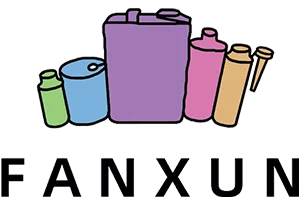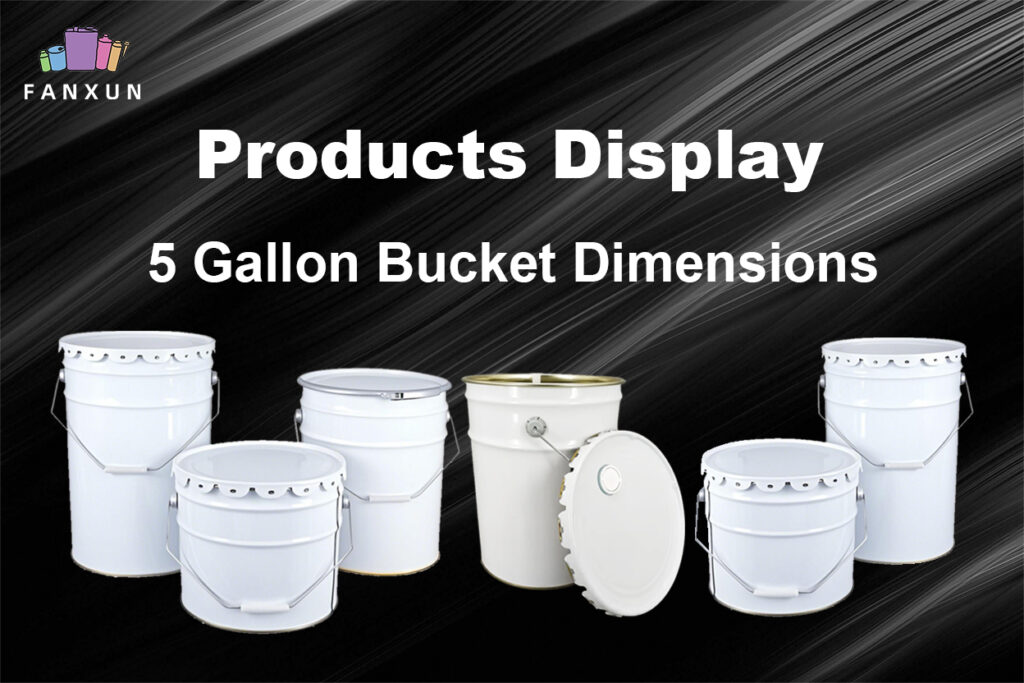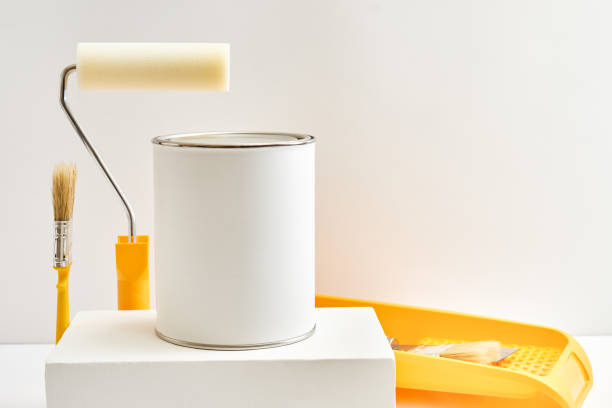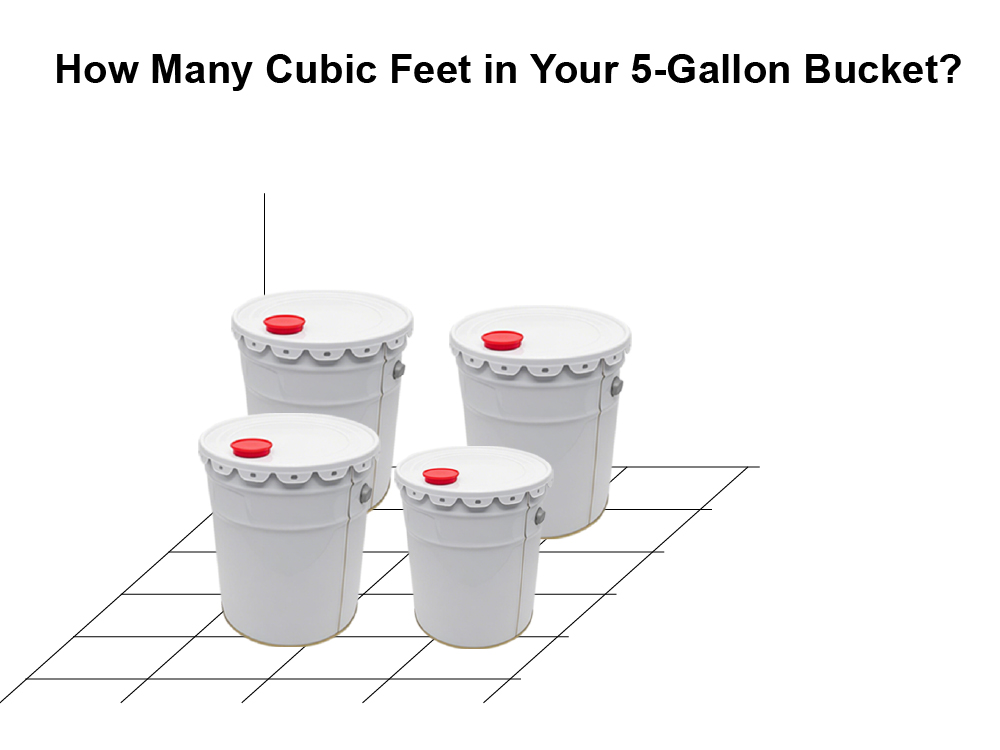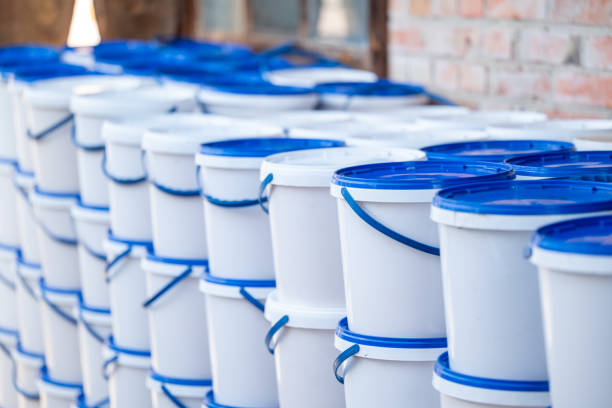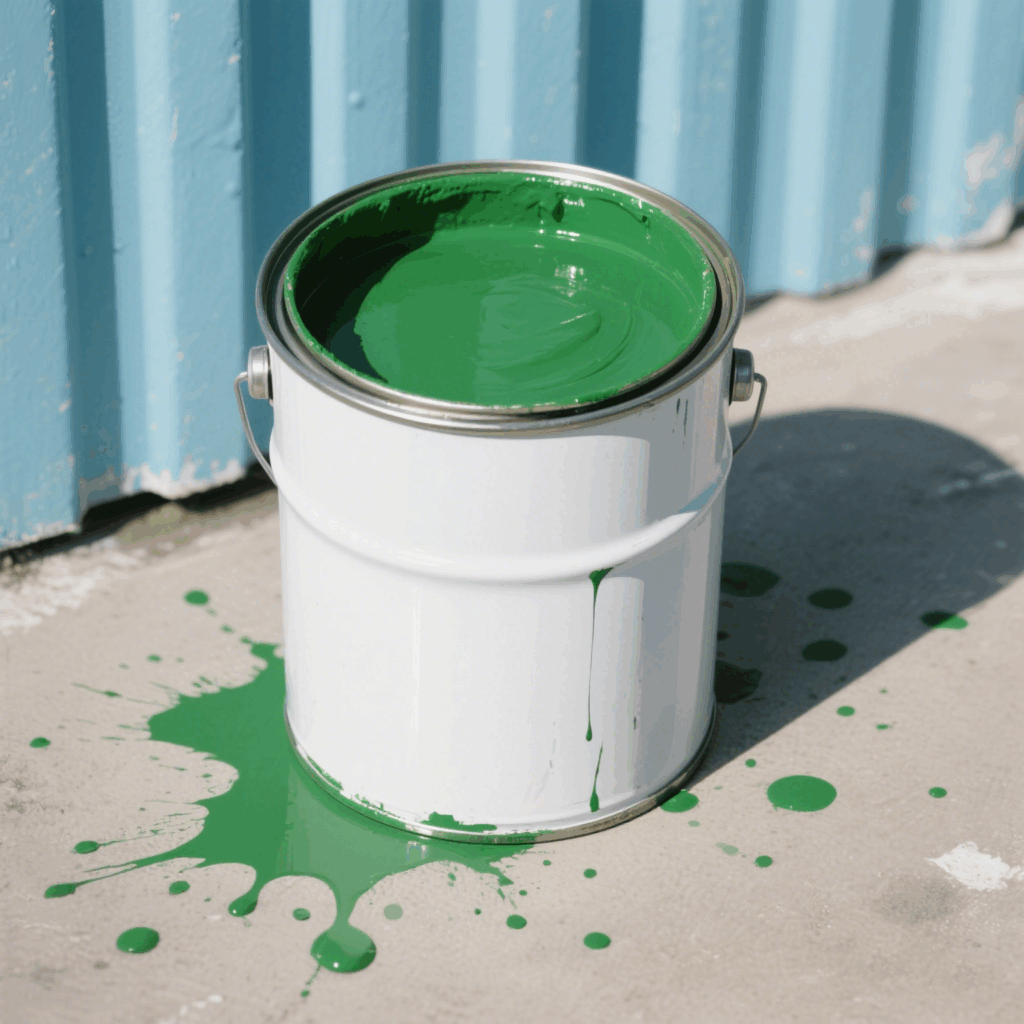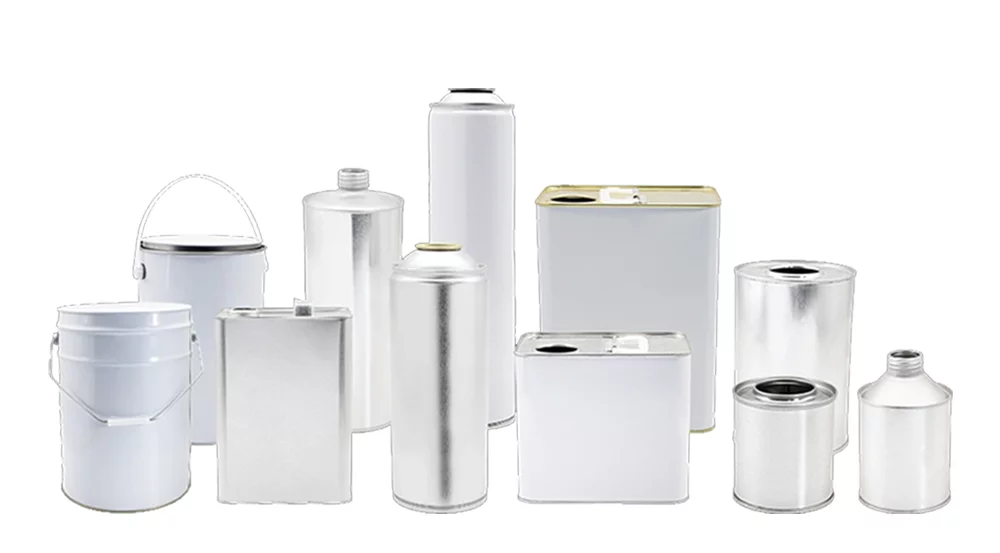Radzenie sobie z irytacją zatkanych dysz lakieru natryskowego może być głównym niepowodzeniem w każdym projekcie, czy to mały projekt rzemieślniczy, czy duża praca malarska. Nie tylko zatkane dysze rozpylające farby mogą utrudniać postęp, Ale mogą również marnować cenną farbę i czas, jeśli nie szybko i skutecznie się zaadresowane. Zrozumienie wspólnych przyczyn zatkanych dysz farbowych jest niezbędne do zapobiegania chodakom, Oprócz tego, jak je naprawić. Obejmuje to identyfikację gromadzenia się suszonej farby lub obecności zanieczyszczeń, które mogą utrudniać mechanizm sprayu w sprayu, powodując nierównomierny wzór natrysku lub kompletne zatykanie.
Aby zapewnić rozwiązania, Ten artykuł zawiera kilka sprawdzonych metod odblokowania dysz z farby w sprayu, w tym korzystanie z codziennych artykułów gospodarstwa domowego, takich jak rozwiązania octu i tarcie alkoholu, a także leka. Każda metoda oferuje podejście krok po kroku do bezpiecznego i skutecznego przywracania funkcjonalności dysz w sprayu do farby, Zapewnienie zatkanych dysz w sprayu stały się przeszłością

Metoda 1: Roztwór octu
Korzyści z korzystania z octu
Ocet jest nie tylko kuchnią niezbędną, To także skuteczny środek czyszczący, Zwłaszcza do rozpuszczania dysz w sprayu. To słaby kwas, Idealny do rozpuszczenia złóż minerałów i zanieczyszczeń, które mogą zatykać mechanizmy natryskowe. Oto niektóre z kluczowych korzyści z korzystania z octu:
Nietoksyczne i bezpieczne: Ocet jest bezpieczny i nietoksyczny w użyciu, czyniąc to doskonałym wyborem dla rodzin, które chcą uniknąć ostrych chemikaliów
Opłacalny: Jest to niedroga opcja, która zapewnia skuteczne wyniki bez potrzeby wyspecjalizowanych produktów
Czyszczenie uniwersalne: Oprócz odblokowania, Może również się degrease, Czysta pleśń, Usuń zapachy, a nawet zabij bakterie
Jak przygotować i korzystać z rozwiązania
Aby skutecznie użyć octu do odblokowania dysz lakieru sprayu, Postępuj zgodnie z tymi szczegółowymi krokami:
Przygotuj roztwór octu:
Wymieszaj równe części biały ocet i wodę w misce lub pojemniku. Więcej upartych chodaków, Możesz użyć nierozcieńczonego białego octu, aby uzyskać dodatkową moc czyszczenia
Namocz dyszę:
Zdejmij dyszy z farby w sprayu. Całkowicie zanurz go w roztworze octu, upewnianie się, że wszystkie otwory są objęte. W razie potrzeby, Dodaj więcej octu, aby całkowicie zanurzyć dyszę
Poczekaj i pozwól, żeby to zrobić:
Pozostaw dyszę zanurzanie się w roztworze octu przez co najmniej półtorej godziny. Tym razem octu skutecznie rozkłada brud i złogi mineralne
Czyszczenie dyszy:
Po namoczeniu, Usuń dyszę i sprawdź ją pod kątem pozostałych depozytów. Użyj wykałaczki, aby delikatnie usunąć wszelkie zanieczyszczenia z otworu dyszy
Dokładnie spłucz dyszę ciepłą wodą, aby zmyć ocet i luźne osady
Ponowne montaż i test:
Przypraw dyszę do sprayu do farby. Przetestuj funkcję natryskową, aby upewnić się, że chodnik został pomyślnie wyczyszczony i że farba spryskuje równomiernie
Wykonując poniższe czynności, Ludzie mogą przywrócić funkcjonalność zatkanej dyszy rozpylonej farby za pomocą prostego roztworu octu. Ta metoda jest skuteczna, ale promuje także bezpieczniejsze, Bardziej przyjazne dla środowiska podejście do sprzątania i konserwacji gospodarstw domowych.
Metoda 2: Rozcieńczalnik farby
Rozcieńczalnik farby jest silnym rozwiązaniem powszechnie używanym do rozwiązania problemu zatkanych dysz w sprayu. Jego główną funkcją jest rozpuszczenie farby, czyniąc ją skuteczną metodą usuwania blokad. W przypadku farb lub emalii na bazie oleju, Zmłodowanie dyszy w rozpuszczalniku, takim jak rozcieńczalnik farby lub duchy mineralne jest szczególnie skuteczne 3. Wynika to z zdolności rozpuszczalnika do rozkładania oleju i szkliwa, które są składnikami, które zazwyczaj wymagają silniejszych substancji do rozpuszczenia po wyschnięciu.
Kroki, aby odblokować dyszy za pomocą rozcieńczalnika farby
Aby z powodzeniem odblokować dyszę farby w sprayu za pomocą rozcieńczalnika farby, Postępuj zgodnie z tymi szczegółowymi krokami:
Najpierw bezpieczeństwo:
Przed obsługą rozcieńczalników farby, Ważne jest, aby nosić rękawiczki ochronne, aby uniknąć bezpośredniego kontaktu ze skórą, co może spowodować podrażnienie
Usuń i zanurz dyszę:
Ostrożnie odłącz dyszę od farby w sprayu i zanurz ją w pojemniku wypełnionym rozcieńczalnikiem farby. Upewnij się, że dysza jest w pełni zanurzona, aby cieńsza penetracja i rozpuszczenie chodaków
Czas trwania:
Pozwól, aby dysza przynajmniej namoczyć 24 godziny. Ten czas trwania jest niezbędny, aby zapewnić rozcieńczalnik farby, aby skutecznie rozbić reszty farby
Oczyszczanie dyszy:
Po namoczeniu, Użyj małego szpilki lub drutu z skrętu, aby delikatnie usunąć każdą zmiękczoną farbę z małej rurki dyszy. Uważaj, aby nie zniekształcać kształtu rurki podczas oczyszczania
Testowanie i ponowne montaż:
Po oczyszczeniu dyszy, Ponownego przełóż do farby w sprayu. Aby sprawdzić, czy chodnik został wyczyszczony, Odwróć puszkę i spryskaj kawałek gazety. Jeśli farba wyrównuje równomiernie, Dysza jest pomyślnie odblokowana
Podążając za tymi krokami, Można skutecznie przywrócić funkcjonalność zatkanej dyszy farby w sprayu za pomocą rozcieńczalnika farby. Ta metoda nie tylko usuwa blokadę, ale także pomaga utrzymać farbę rozpylającą do przyszłego użycia, Zapewnienie płynności, a nawet aplikacji.
Metoda 3: Wcieranie alkoholu
Dlaczego działa alkohol
Alkohol wchłaniowy jest bardzo skuteczny w rozluźnieniu dysz w sprayu ze względu na jego właściwości rozpuszczalnika, które mogą rozpuścić lepkie reszty, które powodują blokady. Jest to szczególnie przydatne do radzenia sobie z gromadzeniem się farby i innych substancji, które nie są rozpuszczalne w wodzie. Ruszenie alkoholu szybko odparowuje, co pomaga szybko wysuszyć dyszę po czyszczeniu, Zmniejszenie ryzyka dalszych zatyczek spowodowanych przez utrzymanie wilgoci .
Szczegółowe instrukcje użycia alkoholu w tunach
Aby skutecznie użyć wcierania alkoholu, aby odblokować dyszę farby w sprayu, wykonaj następujące kroki:
Przygotowanie:
Upewnij się, że farba natryskowa zostanie odłączona od dowolnego źródła zasilania i jest w depresji. Możliwie, Usuń nadmiar farby z dyszy, rozpylając ją przed czyszczeniem
Namienie dyszy:
Odłącz dyszę od puszki farby w sprayu. Zanurz dyszę w pełni w małym pojemniku wypełnionym alkoholem wcierającym. Upewnij się, że cała dysza jest pokryta alkoholem, aby umożliwić dokładne czyszczenie
Czas trwania mocy:
Niech dysza zanurzona w alkoholu do wcierania przez około dwie minuty. Czas trwania jest wystarczający, aby alkohol mógł przenikać i rozpuścić większość rodzajów pozostałości
Proces czyszczenia:
Po namoczeniu, Usuń dyszę i spłucz ją pod gorącą wodą, aby zmyć rozpuszczone pozostałości i pozostały alkohol. Ten krok ma kluczowe znaczenie dla upewnienia się, że żadne pozostałości alkoholowe nie pozostają, ponieważ może to wpłynąć na jakość farby
Suszenie i ponowne montaż:
Dokładnie osusz dyszę z czystym, sucha tkanina. Przypraw dyszę do farby w sprayu, zapewnienie, że jest bezpiecznie przymocowany
Testowanie:
Przetestuj dyszę, spryskując kawałek materiału, aby upewnić się, że nie jest już zatkany, a wzór natryska jest równy i spójny
Postępując zgodnie z tymi instrukcjami, Można łatwo i bezpiecznie przywrócić funkcjonalność zatkanej dyszy farby w sprayu za pomocą alkoholu do wcierania, Zapewnienie minimalnych przestojów w swoich projektach malarskich. Ta metoda jest nie tylko szybka, ale także bezpieczniejsza dla środowiska w porównaniu z stosowaniem surowszych rozpuszczalników chemicznych.
Metoda 4: Zamienne dysze farby w sprayu
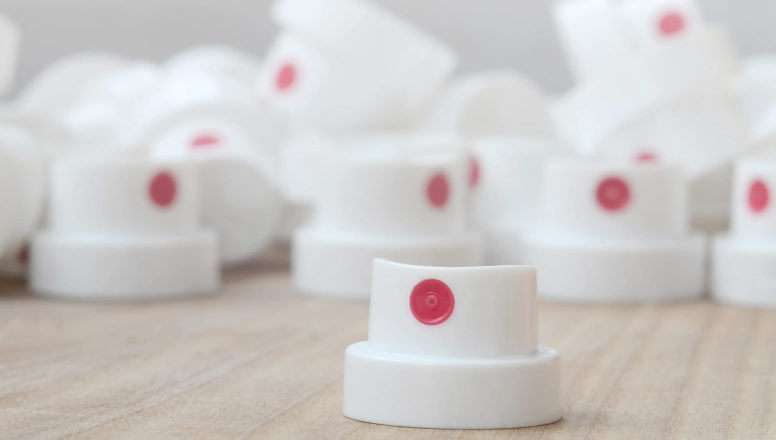
Zatkany Spray może dysza jest jednym z najczęstszych problemów. Czasami czyszczenie dyszy nie rozwiązuje całkowicie problemu. Zastąpienie dyszy jest skutecznym rozwiązaniem. Pierwszy, Przygotuj zamienną dyszę. Następny, delikatnie usuń zatkaną dyszę z puszki z sprayu, zwykle po prostu delikatnie wyciągając to. Zachowaj ostrożność podczas usuwania dyszy, aby uniknąć nadmiernej siły, aby uniknąć uszkodzenia dyszy lub sprayu. Następnie, Wyrównaj zamienną dyszę z zaworem puszki sprayu i delikatnie naciśnij, aż dysza zostanie mocno zainstalowana na zaworze. Upewnij się, że dysza jest instalowana prawidłowo i nie jest luźna. Następny, Naciśnij nowo zainstalowaną dyszy, aby przetestować, aby upewnić się, że spray może działać poprawnie
Wniosek
Znaczenie utrzymania twojego puszki aerozolowe W najwyższym stanie nie można przecenić, ponieważ wpływa to bezpośrednio na jakość pracy i wydajność. W tym artykule oferujemy zestaw niezawodnych rozwiązań, aby zapewnić gładko, nieprzerwane użycie dysz w sprayu. Każde rozwiązanie jest starannie zaprojektowane, aby pomóc w wydajnym i bezpiecznym przywracaniu funkcji dyszy, Zapewnienie, że Twoje projekty malowania natryskowego będą kontynuowane bez przeszkód.
